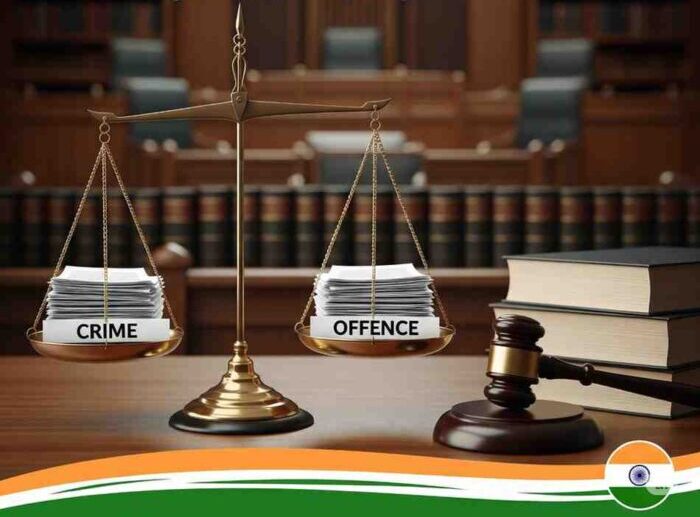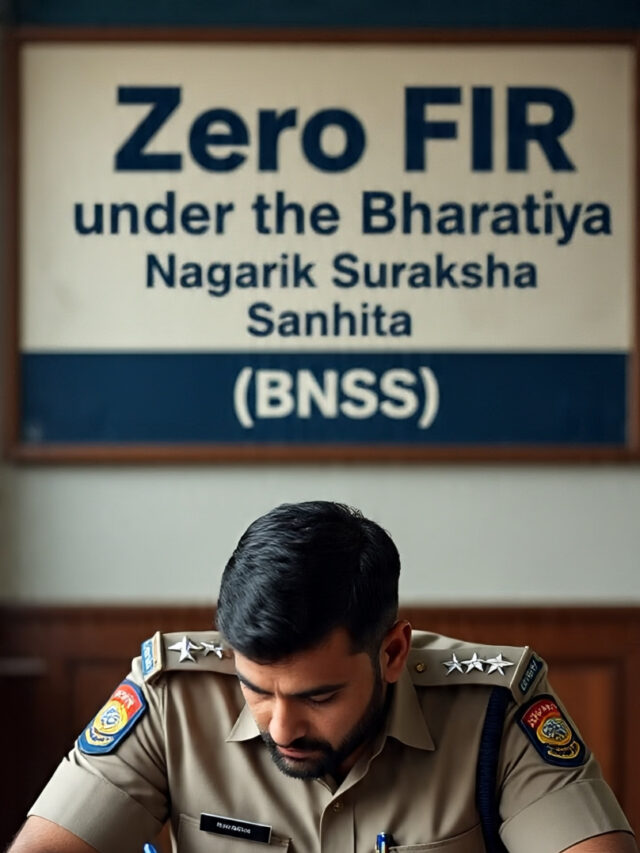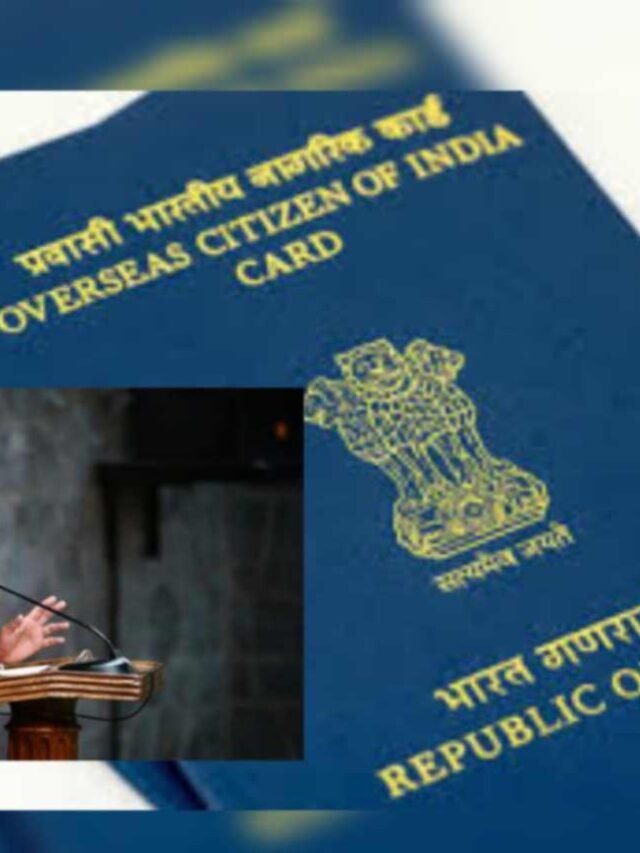Understand the key difference between crime and offence under Indian law. Learn their definitions, classifications, and how the Indian Penal Code (IPC) treats these legal terms.
Difference Between Crime and Offence Under Indian Law
In everyday language, the terms “crime” and “offence” are often used interchangeably. However, under the Indian legal system, especially within the Indian Penal Code (IPC) and Criminal Procedure Code (CrPC), these terms carry specific meanings. Understanding the distinction between a crime and an offence is crucial for law students, professionals, and citizens alike.
Meaning of Crime
A crime is generally understood as an act or omission that violates a law and is punishable by the state. It is a wrong against society, not just an individual. Crimes are considered public wrongs, and hence, the State prosecutes the offender on behalf of society.
📜 Legal Insight:
The term “crime” is not explicitly defined in the IPC. However, in legal usage, a crime typically refers to grave violations such as murder, rape, robbery, or terrorism.
👉 Example:
- Murder (Section 302 IPC)
- Rape (Section 376 IPC)
- Terrorism (Unlawful Activities Prevention Act)
Meaning of Offence
The term “offence” is a broader and legally defined term in Indian law.
📘 Section 40 of the IPC defines “offence” as:
“A thing made punishable by this Code.”
Furthermore, as per Section 2(n) of the Criminal Procedure Code (CrPC), an offence refers to any act or omission that is punishable under any existing law in force.
Thus, every crime is an offence, but every offence may not be considered a crime in the social sense.
👉 Examples of Offence (But not always grave crimes):
- Public nuisance (Section 268 IPC)
- Defamation (Section 499 IPC)
- Simple hurt (Section 323 IPC)
Key Differences Between Crime and Offence
| Basis | Crime | Offence |
|---|---|---|
| Definition | Not clearly defined in IPC | Defined in Section 40 of IPC and CrPC |
| Nature | Serious violations of law | Can be serious or minor |
| Scope | Narrower – generally grave acts | Broader – includes all punishable acts |
| Perception | Considered socially dangerous | May include acts not socially dangerous |
| Examples | Murder, rape, terrorism | Defamation, nuisance, petty theft |
| Legal Treatment | Prosecuted as major crimes | May be compoundable or bailable |
Legal Classification of Offences
Under Indian law, offences are classified into multiple categories, depending on their severity and legal consequences:
Cognizable and Non-Cognizable Offences
- Cognizable: Police are empowered to arrest without obtaining a warrant in such cases (e.g., murder, rape).
- Non-Cognizable: Police need prior approval to arrest (e.g., cheating, defamation).
Bailable and Non-Bailable Offences
- Bailable: The Accused has a right to be released on bail.
- Non-Bailable: Bail is not a matter of right.
Compoundable and Non-Compoundable Offences
- Compoundable: Parties can settle the matter (e.g., hurt, defamation).
- Non-Compoundable: Cannot be settled privately (e.g., rape, murder).
These classifications apply to offences, showing their technical legal importance in criminal justice.
Practical Implications in Law
- A crime is usually reported to the police via an FIR (First Information Report), especially when it is cognizable.
- An offence might include minor violations which may not require police intervention or court trials in some cases.
- Criminal lawyers, police, and courts rely on the term “offence” for all procedural and legal purposes, while the term “crime” is more generic and used in public discourse.
Summary
While crime and offence may seem similar in casual conversation, Indian law treats them differently in scope and application. Here’s a quick recap:
- ✅ Crime is a more serious, socially dangerous act, usually prosecuted by the state.
- ✅ Offence is a technical legal term that includes both major and minor punishable acts under the IPC or other laws.
- ✅ All crimes are offences, but not all offences are necessarily grave crimes.
Conclusion
Understanding the difference between crime and offence helps in better grasping how the Indian criminal justice system works. Whether you’re a law aspirant, a content creator, or just a curious citizen, knowing this distinction clarifies legal conversations and improves legal literacy.

























